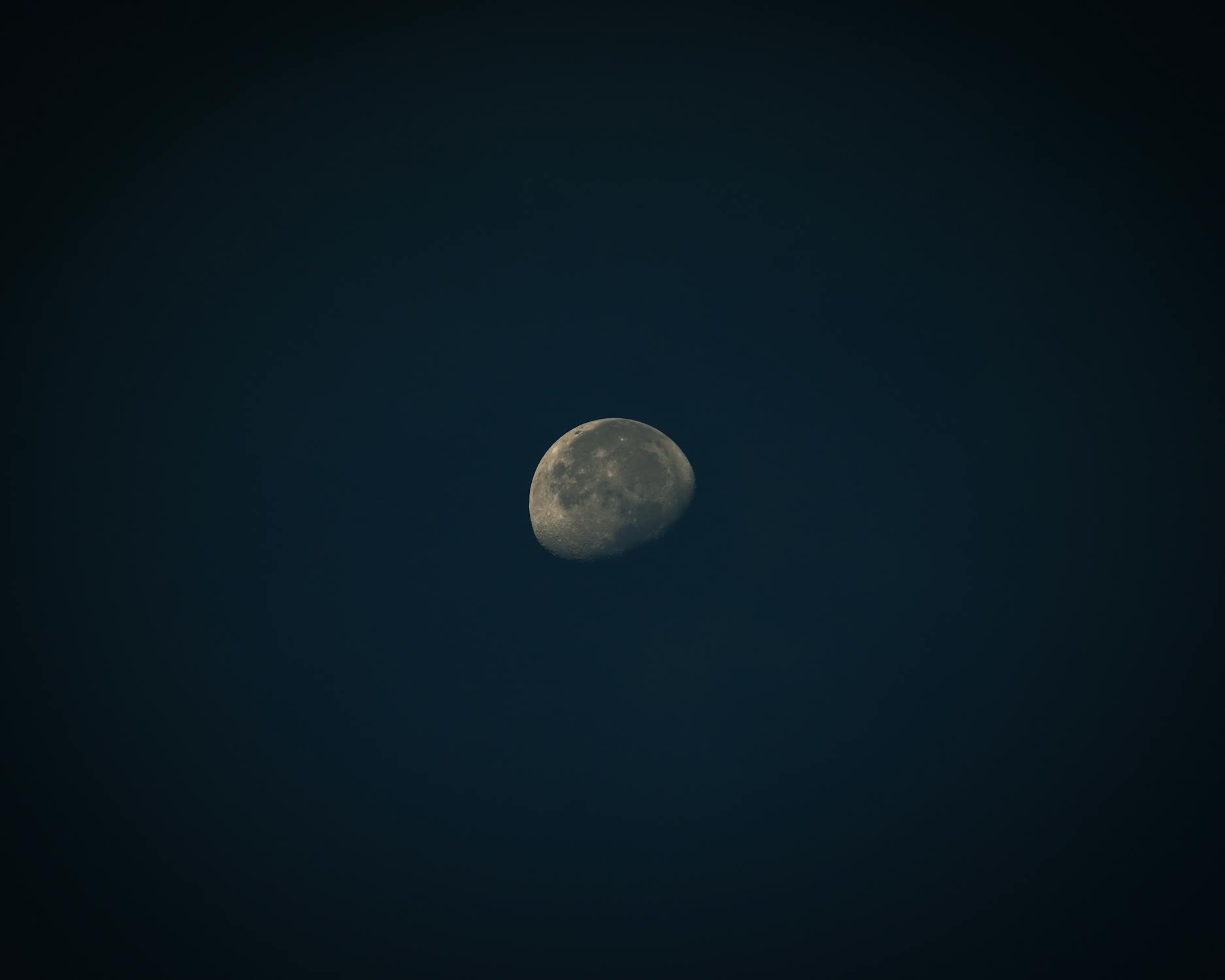
The year 2024 offers a celestial spectacle that stargazers and casual observers alike will find captivating. The dance between the Earth, the Sun, and the Moon will bring about two significant lunar eclipses that promise to awe and inspire. Understanding when, where, and how to see them will ensure you don’t miss these cosmic events.
Understanding Lunar Eclipses
A lunar eclipse occurs when the Earth comes between the Sun and the Moon, casting a shadow on the Moon’s surface. Unlike a solar eclipse, which requires specific geographic positioning to view, a lunar eclipse is visible to anyone on the night side of the Earth. This accessibility makes lunar eclipses a must-see for anyone with a curiosity about the night sky.
In 2024, we are graced with two types of lunar eclipses: a total lunar eclipse and a partial lunar eclipse. The total lunar eclipse is when the entire Moon passes through the Earth’s umbra, or the darkest part of its shadow. This event is often referred to as a “Blood Moon” because of the reddish hue the Moon takes on as it reflects sunlight filtered through the Earth’s atmosphere. On the other hand, a partial lunar eclipse occurs when only a portion of the Moon enters the Earth’s umbra, leaving the rest bathed in the penumbral shadow, which results in a subtler visual display.
Lunar Eclipses 2024: When, Where & How to See Them
The First Lunar Eclipse: March 25, 2024
The first lunar eclipse of 2024 will be a partial blunar eclipse, taking place on March 25th. This eclipse will be visible from most parts of the world, including Europe, Africa, Asia, and Australia. Unfortunately, North and South America will miss out on this event due to daylight hours.
For those in the visible regions, the partial lunar eclipse will begin at approximately 18:00 UTC and will peak around 19:00 UTC. To witness this event, find a location with an unobstructed view of the eastern horizon. Even though it is a partial eclipse, the spectacle of the Earth’s shadow gradually engulfing the Moon will be remarkable.
The Total Lunar Eclipse: September 18, 2024
The second and more anticipated lunar event of the year is the total lunar eclipse on September 18th, 2024. This eclipse will be a global event, visible across North America, South America, Europe, and Africa. The timing of this eclipse is particularly convenient for those in the Americas, where it will be visible during the early evening, making it accessible for a broader audience.
The total lunar eclipse will begin at around 03:30 UTC, with totality occurring around 04:30 UTC. The eclipse will last for over an hour, providing ample opportunity for observers to take in the stunning visuals. During totality, the Moon will be bathed in a deep red, a phenomenon caused by the scattering of sunlight through the Earth’s atmosphere.
Where to See the Eclipses
Location is crucial when planning to observe a lunar eclipse. Clear skies and minimal light pollution will enhance the viewing experience, allowing the Moon’s details to be seen more clearly.
For the partial lunar eclipse on March 25th, regions across Europe, Africa, Asia, and Australia are ideal. Cities like Cairo, Nairobi, and Mumbai will offer excellent vantage points. However, to avoid urban light pollution, consider heading to a more remote location or a designated dark sky reserve.
The total lunar eclipse on September 18th is best viewed from the Americas, with prime locations including New York, Buenos Aires, and Mexico City. In Europe, cities like Lisbon and Madrid will also offer good views. As with the March eclipse, escaping city lights will enhance the experience, so national parks or countryside locations are recommended.
How to See the Eclipses
Viewing a lunar eclipse is straightforward and requires no special equipment, though some tools can enhance the experience.
Naked Eye Viewing: The simplest way to observe a lunar eclipse is with the naked eye. The entire event can be seen without the need for telescopes or binoculars. The gradual change from a bright full moon to a dim, red-hued orb is something that even the untrained eye can appreciate.
Binoculars: For a more detailed view, binoculars can be incredibly useful. They allow you to see the subtle features of the lunar surface as it passes through the Earth’s shadow, enhancing the visual impact of the eclipse.
Telescopes: If you’re an amateur astronomer or simply want the best possible view, a telescope will allow you to observe the eclipse in remarkable detail. You can see the craters and ridges on the Moon’s surface as the shadow moves across it, providing a more immersive experience.
Photography: Capturing a lunar eclipse on camera is a rewarding challenge. A DSLR camera with a telephoto lens or a camera-equipped telescope can capture stunning images of the event. Use a tripod to stabilize your camera, and experiment with different exposure settings to capture the varying light conditions during the eclipse.
Why 2024’s Lunar Eclipses Are Noteworthy
The lunar eclipses of 2024 are particularly significant due to their accessibility and timing. The total lunar eclipse in September is especially notable as it coincides with a period when many regions experience clearer skies and pleasant weather, making it easier for a larger audience to observe.
Furthermore, lunar eclipses offer a unique opportunity for education and outreach. Schools, universities, and astronomy clubs often organize viewing events that are open to the public, providing an opportunity to learn more about these celestial phenomena. The 2024 eclipses will likely be a focal point for such activities, bringing communities together to share in the wonder of the night sky.
Final Thoughts
The lunar eclipses of 2024 present a rare opportunity to witness the beauty and complexity of our celestial neighborhood. Whether you are an experienced astronomer or simply a lover of the night sky, these events offer something for everyone. Mark your calendars for March 25th and September 18th, plan your viewing locations, and prepare to be mesmerized by these captivating lunar displays.

